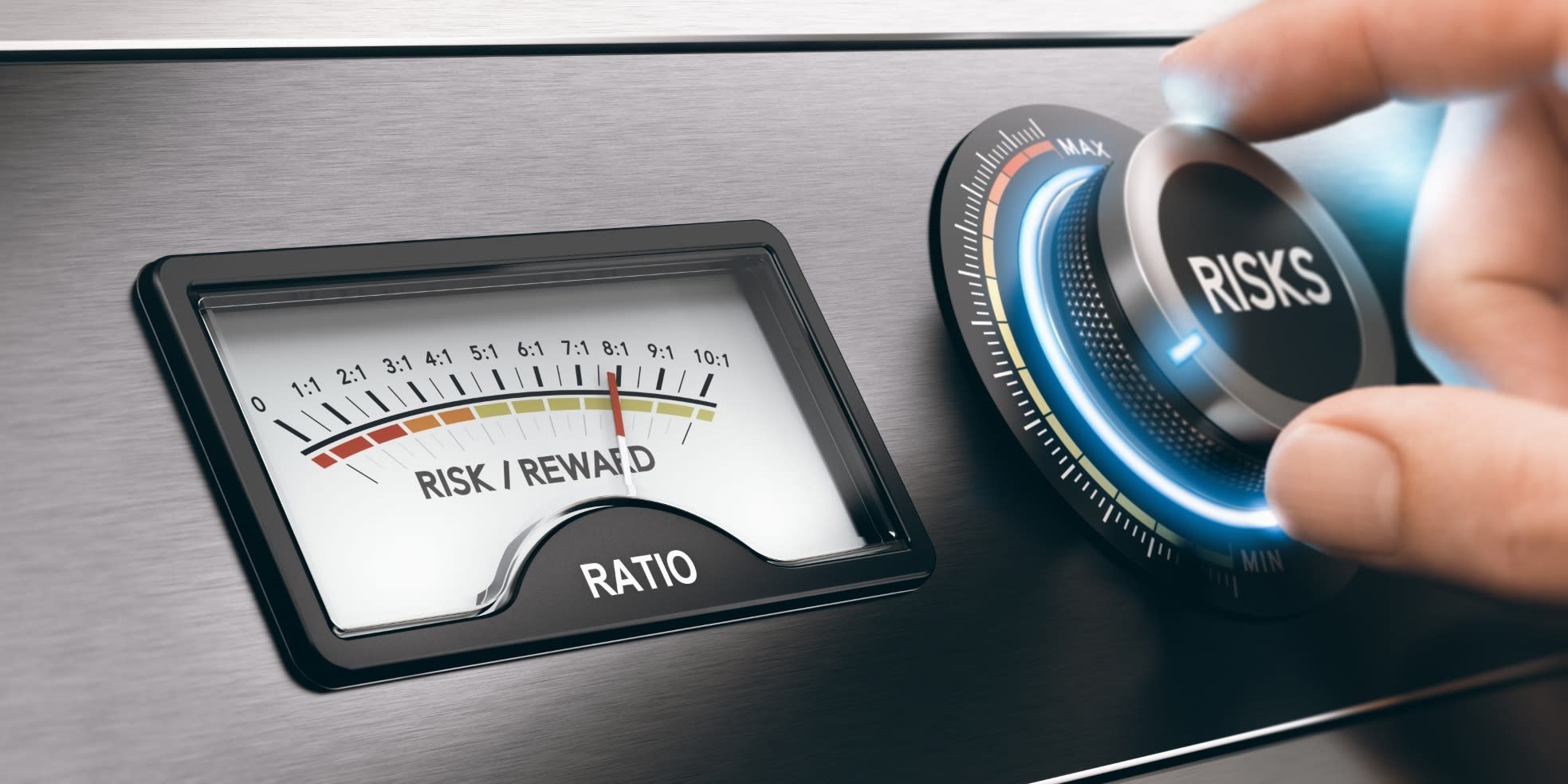Key Risk Indicators Quiz
Test your knowledge on KRI’s with our quiz. The following 10 questions are samples of topics covered in our KRI training course. You must submit your email address at the end of the quiz to find out your results.

/10
Using the International Standard risk management process as baseline, which process section would KRIs belong to?
Risk identification
Risk evaluation
Establish the context
Monitoring and review
/10
What are KRIs (choose the best answer)?
Metrics that track progress towards a goal
Metrics indicating the frequency and consequence of events that may affect normal activities within an organisation
Metrics used to populate a top management dashboard
Metrics which show the level to which the organisation remains in control of key processes
/10
Which one of the following is primarily a Key Risk Indicator?
Average time to policy payout after claim submission
Total injury rate per 1000 hours worked, per country
% change in Consumer Confidence Index rolling average
% of sales to customers outside the target market
All of the above
/10
Which of the following could be considered a good use of a KRI (select the best answer)?
Decide if enough marketing budget is available for the rest of the financial year
Determining realistic risk appetite levels
Initiating disciplinary actions against a production control supervisor
None of these options
/10
What do lagging indicators measure (select two)?
These are metrics showing risk events that have already occurred
This is the measurement of how well pipes are insulated in oil refineries to protect them from rapid changes in external temperatures that could lead to catastrophic ruptures
These are historical records that indicate risk experience
These are used to give precise forecasts about future risk levels as they are based on facts, not opinions
/10
The most important thing for most organisations is that KRIs inform about:
Long-range risks, so there is plenty of warning
Short-term operational risks so that specific and actionable warnings are created
Risk events that did take place, so there is no excuse not to extract maximum learnings from what happened
It depends
/10
The best way to create a KRI dashboard is:
Google about and see what other people have in broadly similar organisations
Fire up Excel and lock yourself in a windowless room until you have created at least 50 ideas, dragged from deep within your subconscious mind
Go on an IRM training course and be told all the right answers, then ask for them to be emailed to you so you can implement them next week
In consultation with risk stakeholders, after a careful design and testing process
/10
Which one of these is NOT a useful source of potential KRIs within typical organisations?
Regulator comments or audit findings
Analysis of share price volatility in relation to EBITDA forecasts
Risk and control self-assessments
Business Process Mapping outputs
/10
Every KRI must have which of the following (choose the best answer):
An upper threshold trigger
An upper limit trigger
An upper limit trigger and an upper threshold trigger
An upper limit trigger and an upper threshold trigger, as well as a lower threshold trigger and a lower limit trigger
It depends
/10
Which of the following statements about KRIs are NOT true (choose one)?
It’s not necessary to create specific KRIs because you can get the risk team to do their own review of existing KPIs and that will give enough insight for meaningful risk actions to be taken
One team’s KPI could be the next level up’s KRI
The broader a KRI is, the less likely that there will be common agreement about what it signifies
Confidence in the underlying quality of data used to create a KRI, is a vital factor in its effectiveness
Submit Email
Please submit your email to view your results.
You got {number correct} answers, your score is {percent correct}
Thanks for taking our quiz!
Want to dive deeper into understanding and using Key Risk Indicators effectively? Join our Choosing and Using Key Risk Indicators course — a practical blend of presentations, group discussions, and guided exercises. You'll walk away with a solid grasp of how KRIs support proactive, enterprise-wide risk management.
Looking to discuss your overall training needs? Book a call with our training team! ➜ Book a call